-
Posts
2,859 -
Joined
-
Last visited
-
Days Won
19
Content Type
Profiles
Forums
Blogs
Gallery
Events
Store
Posts posted by Claudio
-
-
Danke Karsten! :-)
Ciao,
Claudio
0 -
Lebensdaten der auf dem Ehrenfelde D.-Südwestafrikas gebliebenen Offiziere : 1904 - 1907; zum Gedenkblatt
http://edocs.ub.uni-frankfurt.de/volltexte/2006/3391/
Well, well... I am suspicious that after all he didn't die during the attack in Sperlingspütz: so heroic his death might not have been... in fact most of the German soldiers in the colonies died from sickness rather than in combat.
ciao,Claudio
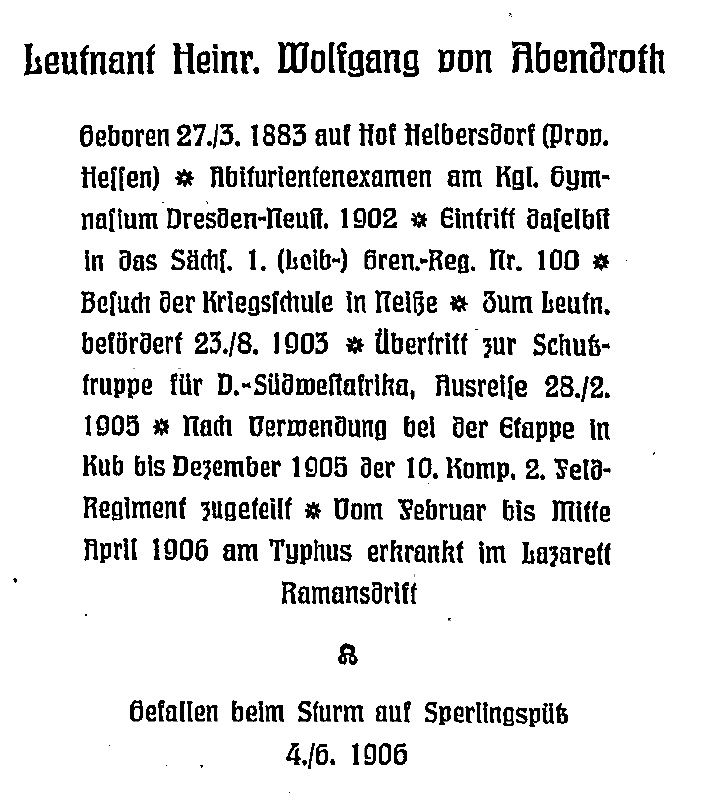 0
0 -
Hi Peter,
Nice Godet's bar... a bit beaten up, but I think it's a authentic one...notice also the convex metal bar (not straight) that follow the shape of the upper breast where the medal bar should be worn. Also the configuration in the back indicates in all the details that this is a Godet. Very likely it was badly stored in the the last 60 years. The wearer could have been a very young WWI veteran who could have risen to a quite senior police officer rank, but with no documents supporting this, there's no way to identify the owner of this bar.
Nice one, nevertheless!

ciao,
Claudio
0 -
Dear forumites,
My latest purchase... a lovely photograph of Leutnant Heinrich Wolfgang von Abendroth, text on the reverse:
Heinrich von Abendroth – erlitt den Heldentod in Süd- Westafrika am 4. Juni 1906”(Leutnant Heinrich Wolfgang von Abendroth, geb. 1883, fiel am 04.06.1906 beim Sturm auf Sperlingspütz / DSW / Namibia)
Anyone could give me more details on von Abendroth "brief" career or deeds?
Thank you in advance for all your comments and inputs!ciao,
Claudio

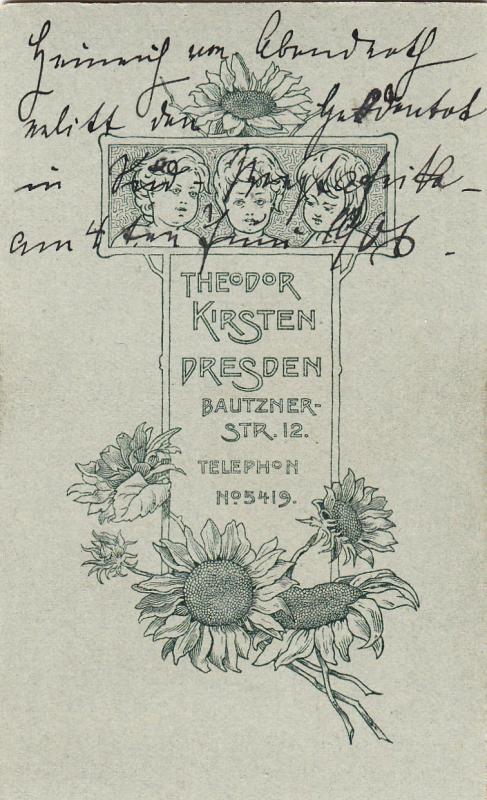 0
0 -
-
Some pictures of his daughter's surviving photo album which came with the bar
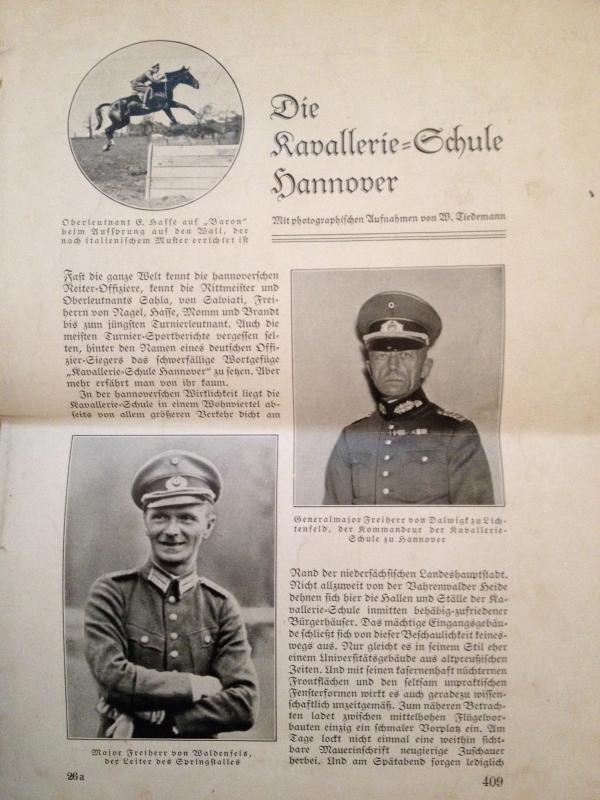
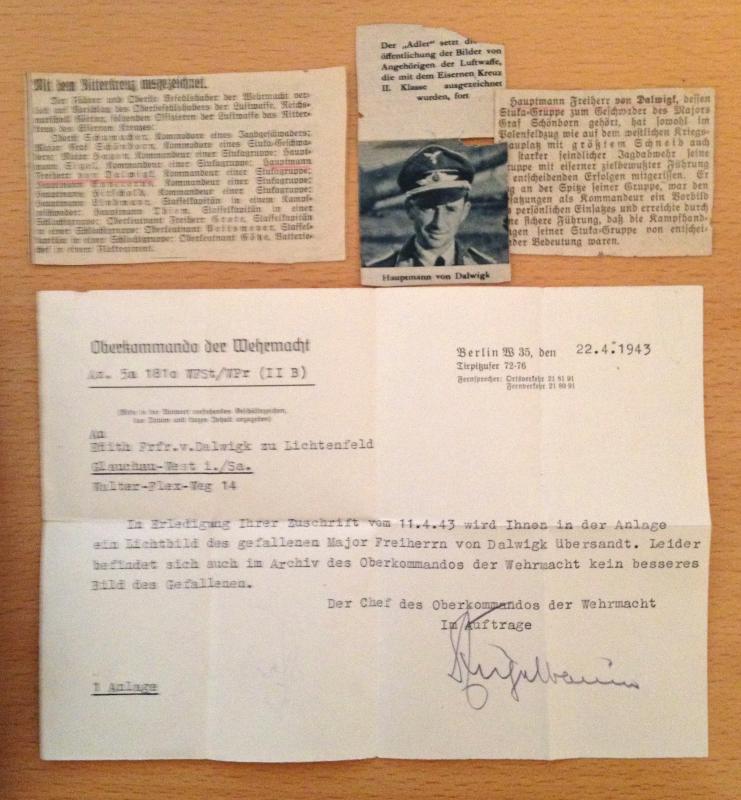
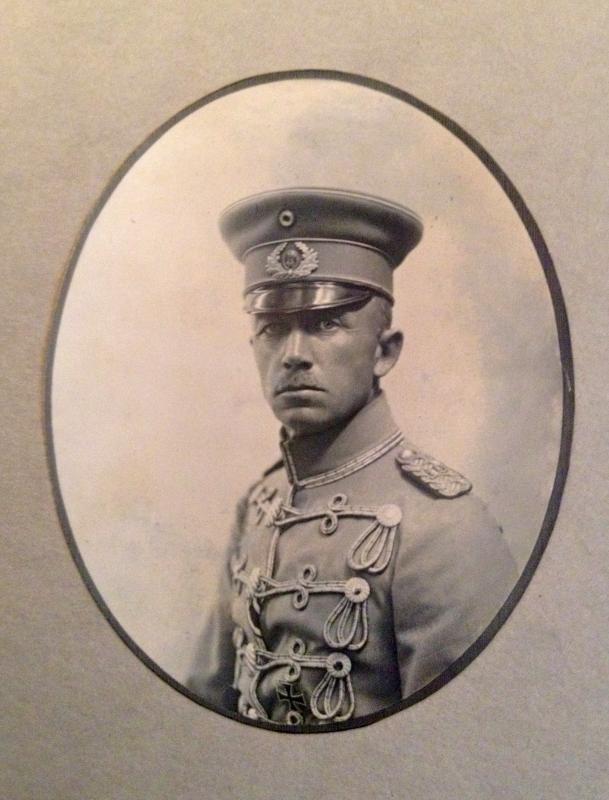
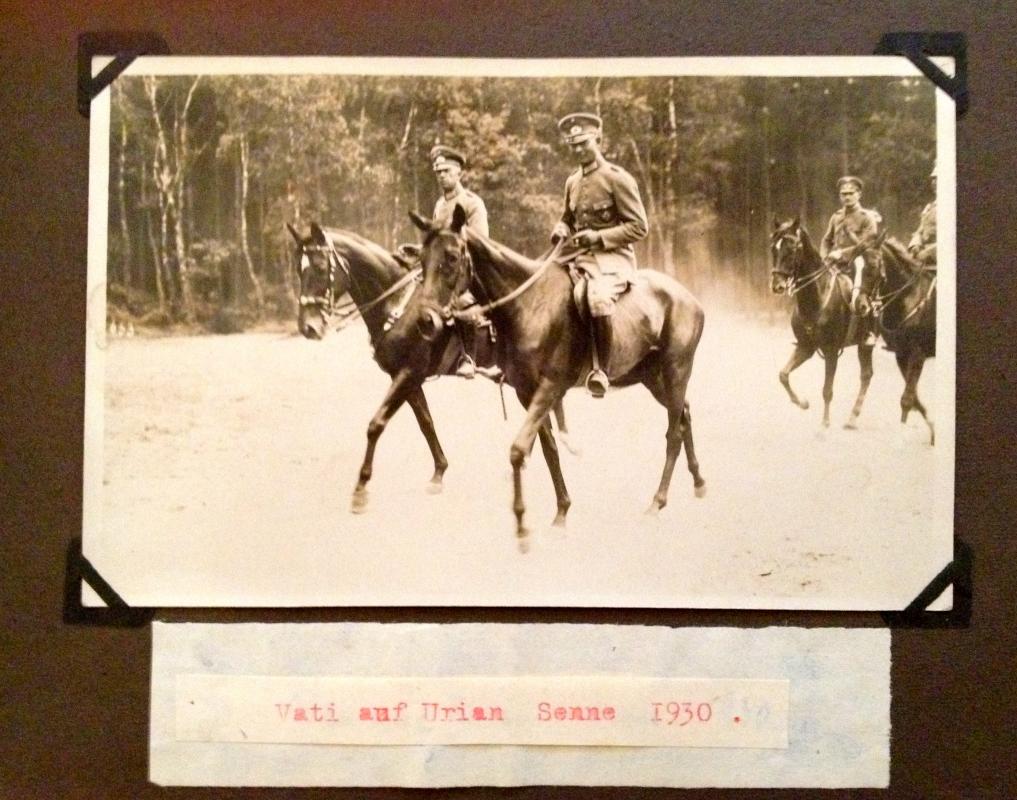
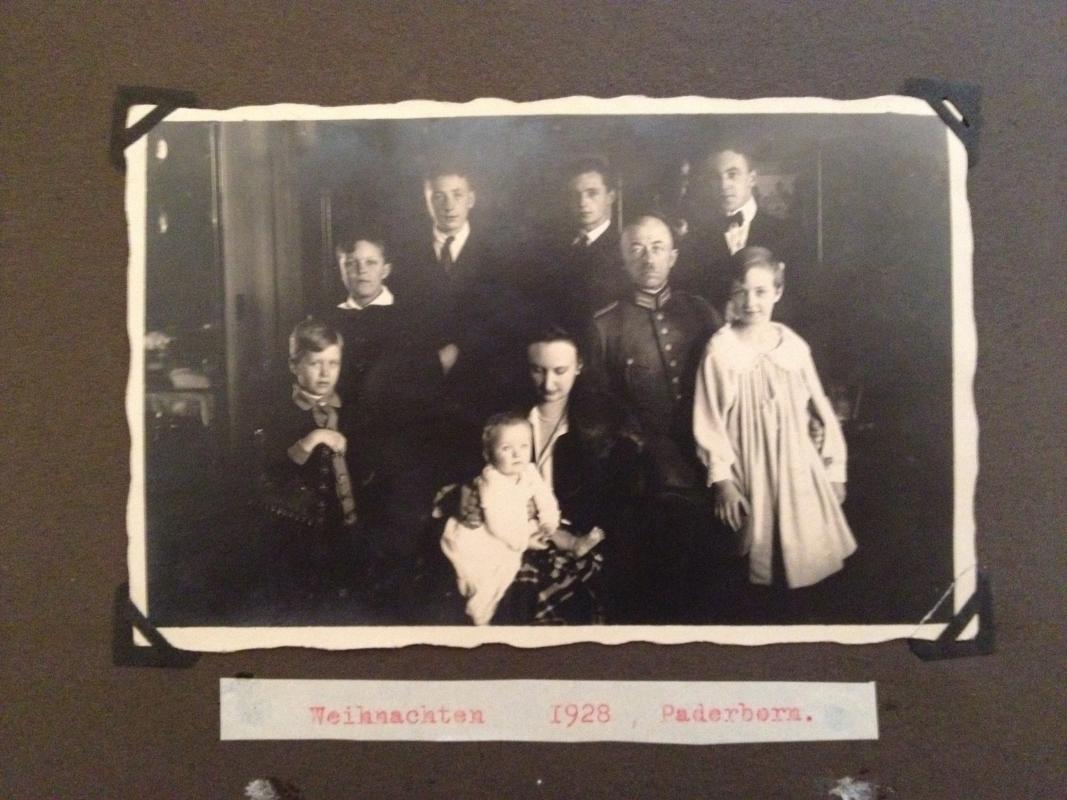

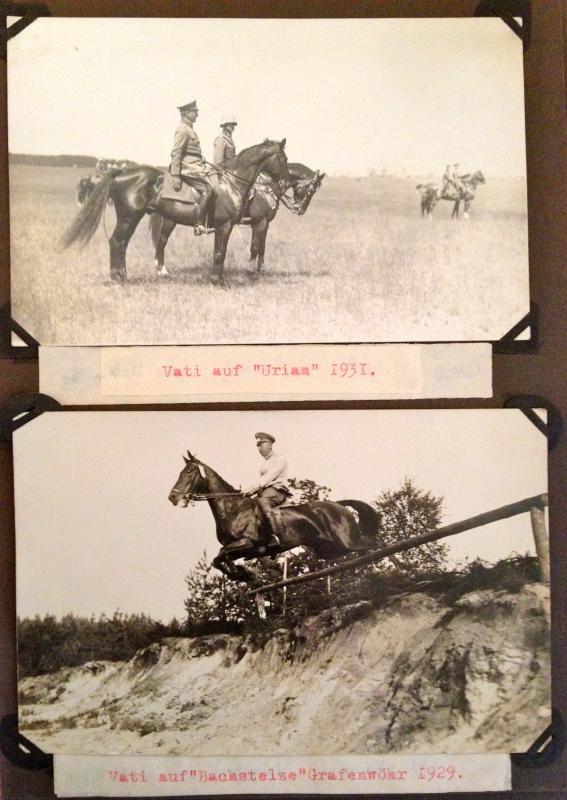 0
0 -
Too bad for the ribbon bar... typical Godet's needle configuration + grey fabric and loose stitching int the reverse.
C
0 -
Hi Chris!
You have a very interesting website! :-) Congrats!
 Really well done...
Really well done...ciao,
Claudio
0 -
Sorry Carol (your name? I think not), but pictures weren't allowed to be taken... that's why I managed just to shot a few photos before being obliged to stop by one of the museum's guides...
C
0 -
I forgot one to show… ;-)
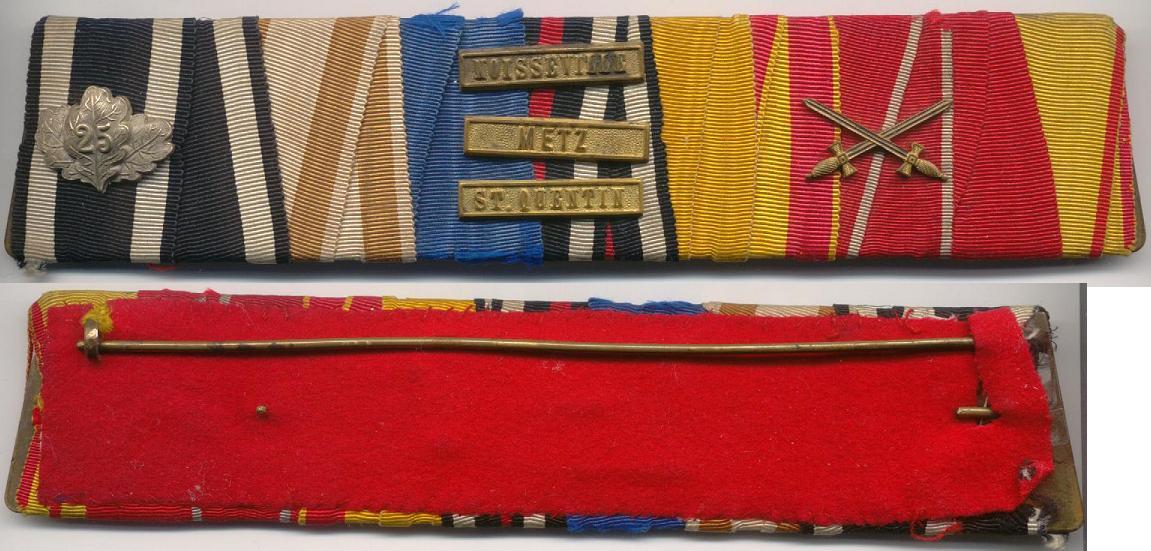 0
0 -
Yeah... that's right
 I am running out of boxes where to put them! Soooo boring...
I am running out of boxes where to put them! Soooo boring... 
I need once to organize some nice display of some of my bars at home.
 0
0 -
I found another picture of him wearing the medal bar... not so clear, but it's him!
 Obviously it's a earlier than 1934-35 picture (no FEK - Hindenburg Cross on his bar).
Obviously it's a earlier than 1934-35 picture (no FEK - Hindenburg Cross on his bar).C
 0
0 -
It's highly probable since he got the DKiS... ;-) I haven't got the group physically with me (was shipped to a 3rd person), but I will check when I will be able to view the other stuff which will come with the group and keep you informed on this thread.
C
0 -
Thanks a lot for your comments and especially many thanks to bolewts58 to put a face on this bar! ;-)
0 -
Some of my brother's single mounted bars... either partially restored or totally reworked with their original ribbons.
 0
0 -
This was one of his restauration's project: http://gmic.co.uk/index.php/topic/32182-medal-bar-of-the-later-generalmajor-hans-sturm/
the EK was broken and loose as well as the KVK2, the DA 25J and the Luitpold Med. Wasn't that easy as it looks, since the ribbons were very tightly sewn to the bar. It needed a lot of patience to restore it!
ciao,Claudio
0 -
-
Dear forumites,
I am proud to show my latest acquisition to you:
10er Grossenordensschnalle
des
General der Kavallerie
Franz Maria Freiherr von Dalwigk zu Lichtenfels
(*21.8.1876 in Düsseldorf - † 25.11.1947 in Bad Wildungen)
- Preussen, Eisernes Kreuz 2. Klasse 1914 am Kämpferband (OEK 1909) E gs/S
- Preussen, Kgl. Hausorden von Hohenzollern, Kreuz der Ritter mit Schwertern (OEK 1789) Sv, Herst. Godet, RS Medaillon fehlt
- Sachsen-Weimar, Hausorden vom Weissen Falken RK 2. Kl. mit Schwertern (OEK 2340) S/S
- Waldeck und Pyrmont, Verdienstkreuz 4. Klasse mit Schwertern (OEK 2857) S
- Deutsches Reich 1933-45, Ehrenkreuz für Frontkämpfer mit Schwertern (OEK 3803/1) St br, Hersteller CEJ C.E. Juncker, Berlin
- Weimar Republik, Schlesisches-Bewährungsabzeichen sog. Schlesischer Adler, II. Stufe mit Eichenlaub und Schwertern (OEK 3306) Br/vs
- Preußen, Kronenorden 4. Klasse (OEK 1762) Br vg, mit Herstellerpunzen "WK"
- Deutsches Reich 1933-45, WH-DA 1. Kl. für 25 Dienstjahre, Kreuz (OEK 3852) E vg
- Deutsches Reich 1933-45, WH-DA 3. Kl. für 12 Dienstjahre, Medaille (OEK 3854) E vg
- Preussen, Zentenarmedaille 1897 (OEK 1965/1) GBr
Werdegang: (from Wikipedia http://de.wikipedia.org/wiki/Franz_Maria_von_Dalwigk_zu_Lichtenfels )
Franz von Dalwigk zu Lichtenfels trat am 4. August 1896 als Fahnenjunker in das Königlich Preußische Heer ein. Er kam dabei zum Königin Augusta Garde-Grenadier-Regiment Nr. 4. In diesem wurde er am 22. März 1900 zum Leutnant befördert. Das Patent wurde dabei auf den 22. März 1898 festgelegt. 1909 wurde er beim Thüringisches Husaren-Regiment Nr. 12 zum Oberleutnant befördert. Bei diesem wurde er am 1. Oktober 1913 zum Rittmeister befördert. Als solcher wurde er dann als Chef einer Eskadron eingesetzt. Auch bei Beginn des 1. Weltkrieges kam er dann als Eskadronchef an die Front. Im 1. Weltkrieg wurde er neben beiden Eisernen Kreuzen und dem Ritterkreuz des Königlich Preußischen Hausordens von Hohenzollern mit Schwertern mit vielen anderen Orden ausgezeichnet. Nach dem Ende des Ersten Weltkrieges führte er zuerst einen Freiwilligenverband. 1920 wurde er dann als Rittmeister in das Reichsheer übernommen. Im Frühjahr 1920 gehörte er beim 200.000 Mann-Übergangsheer als Eskadronchef zum Reiter-Regiment 10. Bei der Bildung vom 100.000 Mann-Heer der Reichswehr wurde er weiter als Eskadronchef im 10. (Preuss.) Reiter-Regiment eingesetzt. Als solcher wurde er am 1. April 1921 zum Major befördert. Am 1. Mai 1923 wurde er dann in den Regimentsstab vom 18. Reiter-Regiment nach Stuttgart-Cannstatt versetzt. Dort verbrachte er dann fast die nächsten 4 Jahre. Am 1. Februar 1927 wurde er zum Kommandeur vom 15. (Preuss.) Reiter-Regiment in Paderborn ernannt. Als solcher wurde er am 1. März 1927 zum Oberstleutnant befördert. Auch bei seiner Beförderung zum Oberst am 1. April 1930 war er noch immer Kommandeur vom 15. (Preuss.) Reiter-Regiment. Am 1. Oktober 1931 gab er sein Kommando ab. Er wurde dafür zum Kommandeur der Kavallerie-Schule in Hannover ernannt. Als solcher wurde er am 1. Februar 1933 zum Generalmajor befördert. Auch bei seiner Beförderung zum Generalleutnant am 1. Oktober 1934 war er noch immer Kommandeur der Schule. Erst am 1. April 1937 gab er sein Kommando an Gereralmajor Erich Volk ab. Er wurde jetzt als General z.b.V. beim III. Armeekorps eingesetzt. Bei der Mobilmachung vor dem 2. Weltkrieg wurde er zum Kommandierenden General des Stellvertretenden Generalkommando III. Armeekorps in Berlin ernannt. Damit wurde er gleichzeitig auch zum Befehlaber vom Wehrkreis III ernannt. Am 1. September 1940 wurden ihm die Charakter eines General der Kavallerie verliehen. Am 1. Dezember 1940 wurde er zum General der Kavallerie befördert. Am 28. Februar 1943 wurde er von seinem Kommando entbunden und in die Führerreserve des Wehrkreises versetzt. Am 31. Mai 1943 wurde ihm das Deutsches Kreuz in Silber verliehen. Am gleichen Tag wurde er endgültig aus der Wehrmacht verabschiedet. Bereits 1947 ist der General Freiherr von Dalwigk zu Lichtenfels gestorben.
Thank you in advance for your most appreciated comments or additional information to this high officer.
ciao,Claudio
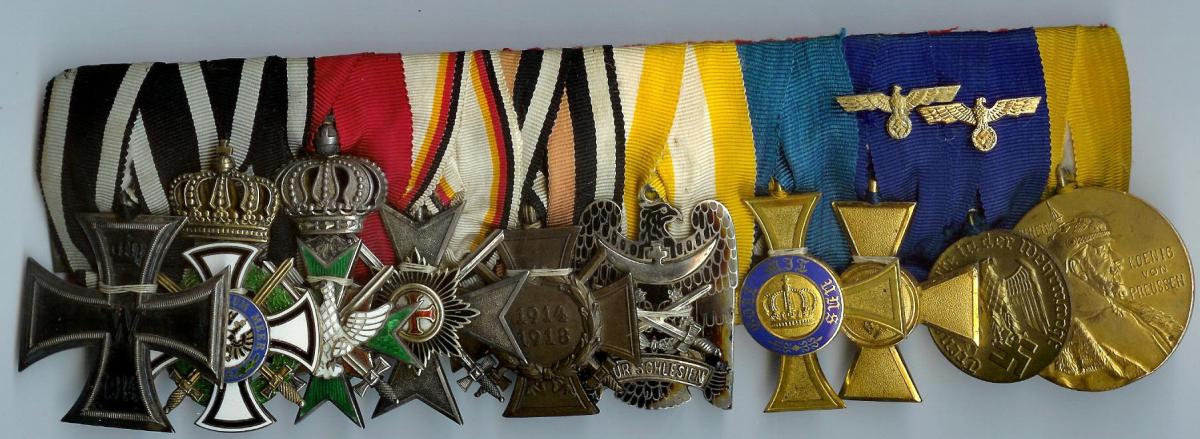
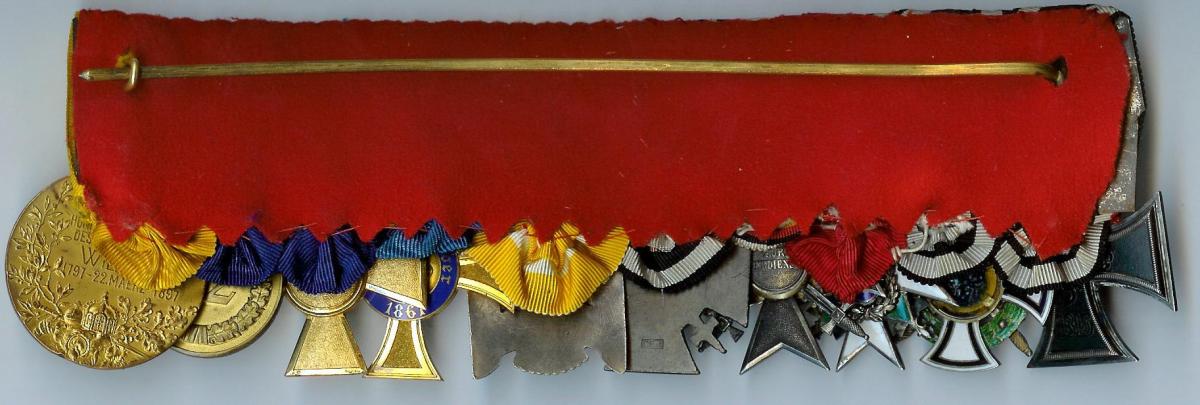 0
0 -
Hi Chris,
I stumbled on this webpage in Germany which apparently they mount orders on bars:
http://www.ordensmanufaktur.de/
I never used their services, but accourding to them they already in business for 10 years. From the pictures it looks good, but not perfect.
My brother however is really good at it (almost anal); he already restaured some of my bars. I might took a while to get it done, but it will look perfect.
Send me a private PM if you are interested.ciao,
Claudio
0 -
Hi Joe,
the middle pic - with the Dannebrog at the end - belonged to Oberzahlmeister Adolph Bulle from FAR 27.
Interesting to see his non-regular wear of 2 Prussian long service awards.
Bulle held originally a old style brooch 2nd class for 15 years, which he improperly replaced by a M1913 1st class for 15 years.
He got the Officers 25 years cross after WW1.
Viele Grüße
Daniel
Nice one! …also with that half-sized (Prinzengrösse) Zentenarmedaille… ;-)
0 -
Hi Claudio,
Yes! And how about Helmuth Weidling? Another big name for sure. It is really quite an education to go through these ranlk lists, looking for officers with a certain combination of orders/decorations.
Thank you also for the link to the supposed von Saucken medal bar. That could very well be his. It's interesting that the ÖM3K is placed after the Hindenburg Cross and before the long service decorations. But it looks like the placement is correct on his Feldspange.
Thank you & best regards,
Tom
Yes dear Tom... Helmuth Weidling (RK mit Eichenlaub) http://en.wikipedia.org/wiki/Helmuth_Weidling what an interesting career... he begins in a Fieldartillery Regiment to go to WWI and be on a airship.... WW2 almost exclusively on the Eastern front, from Regimental to Panzercorps commander and finally last commanding General for the defense of Berlin and died in captivity in Russia, 10 years after the war. There's a very nice picture of him with his "Felspange"...
About Saucken bar... yes it could have been the real deal, but to mee it didn't really matter... I didn't like the assembly work, the disposition of the medals and plus you had to pay a premium because it was of a famous highly decorated General, but neither photos or documents came with it.
C
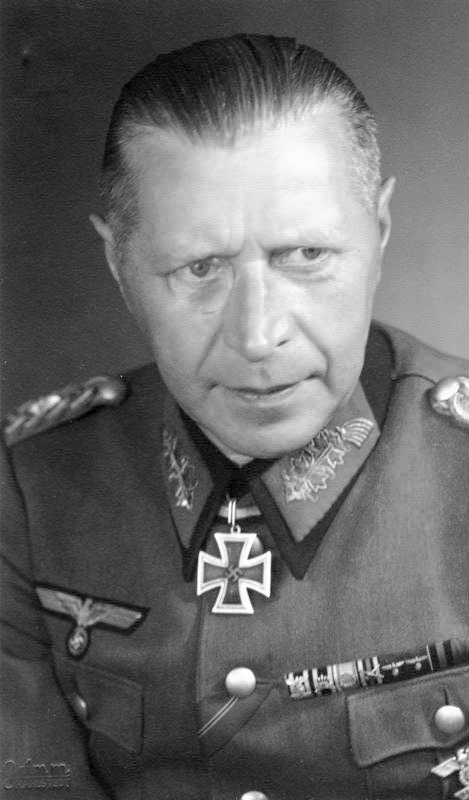 0
0 -
I couple of these high officers are really quite big shots and very well known generals.... like von Chappuis (noble origins, he served in Gren Garde Regt 5 as Fähnrich, RK-Träger later commited suicide) and especially von Saucken (RK mit Eichenlaub, Schwerter und Brillanten... They had surely more medals on their bars... ;-)
V. Saucken medal bar was on sale on a German auction http://gmic.co.uk/index.php/topic/56578-medal-bar-of-general-der-panzertruppen-dietrich-von-saucken/... however I am not quite sure it was really his bar.
0 -
Also a possibility is that this medal bar was assembled recently with new ribbons (or ribbons that would not pass a UV light test) and it's a fake, maybe coming from Austria, as they are known to be very efficient with the productions of such bars... Is there a picture of the back?
C
0 -
Could be the Austrian (KuK) Red Cross Medal?
I think it's the only possible medal I can think of...
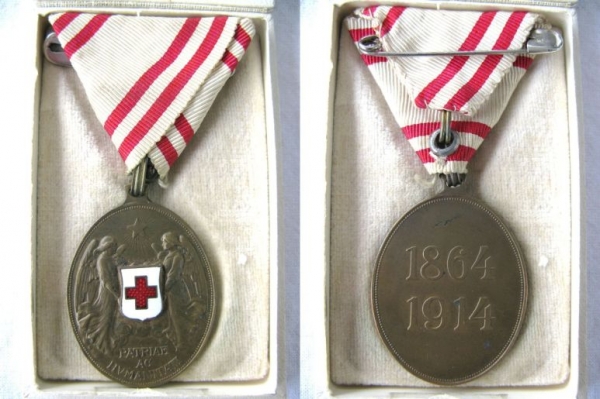 0
0





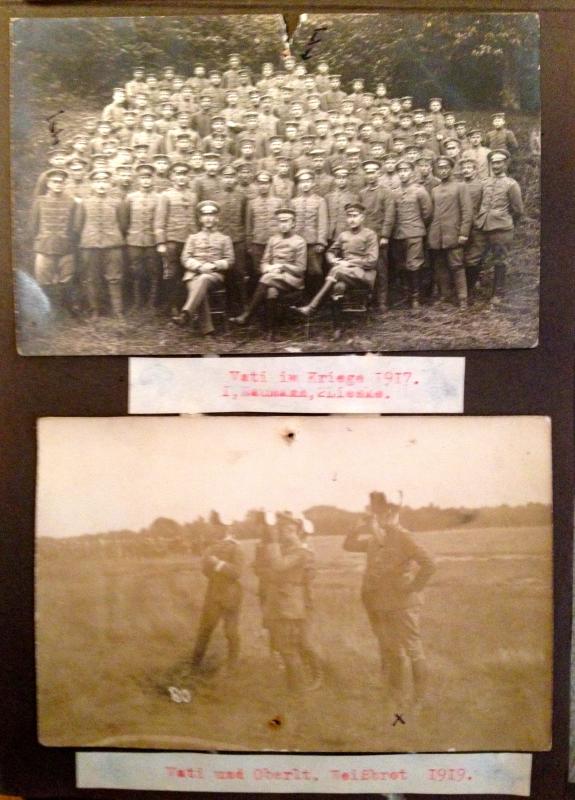
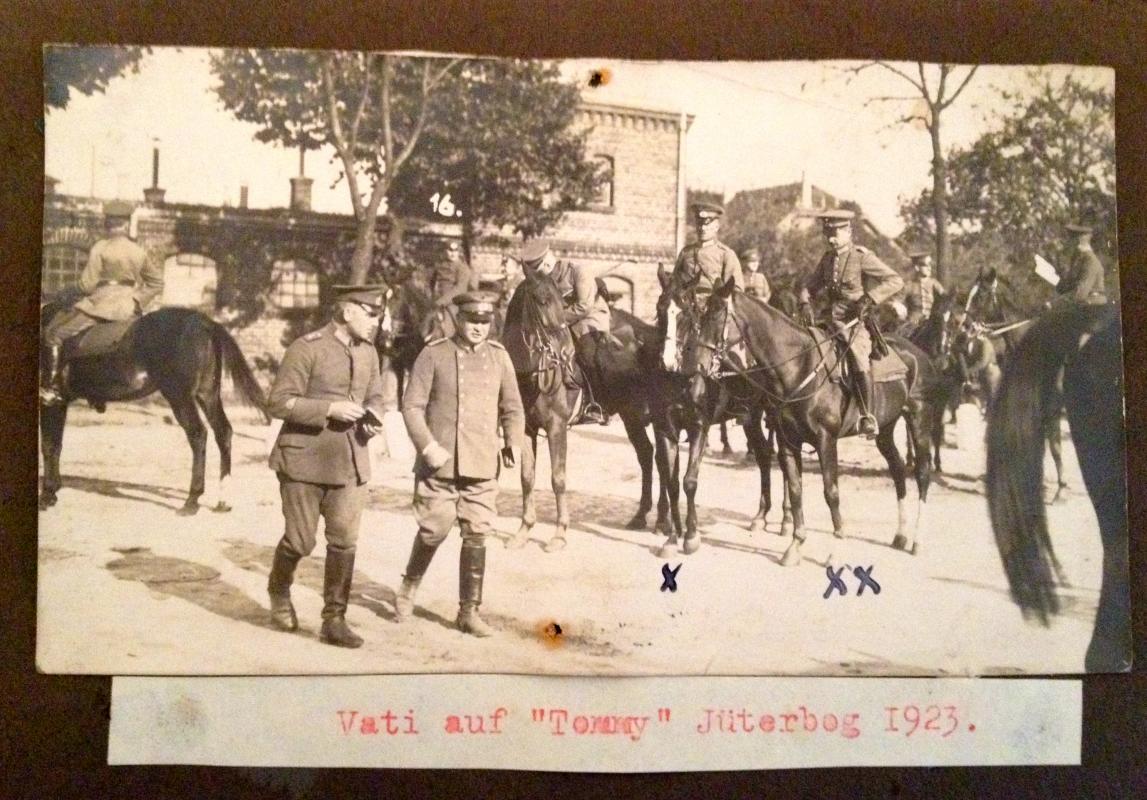
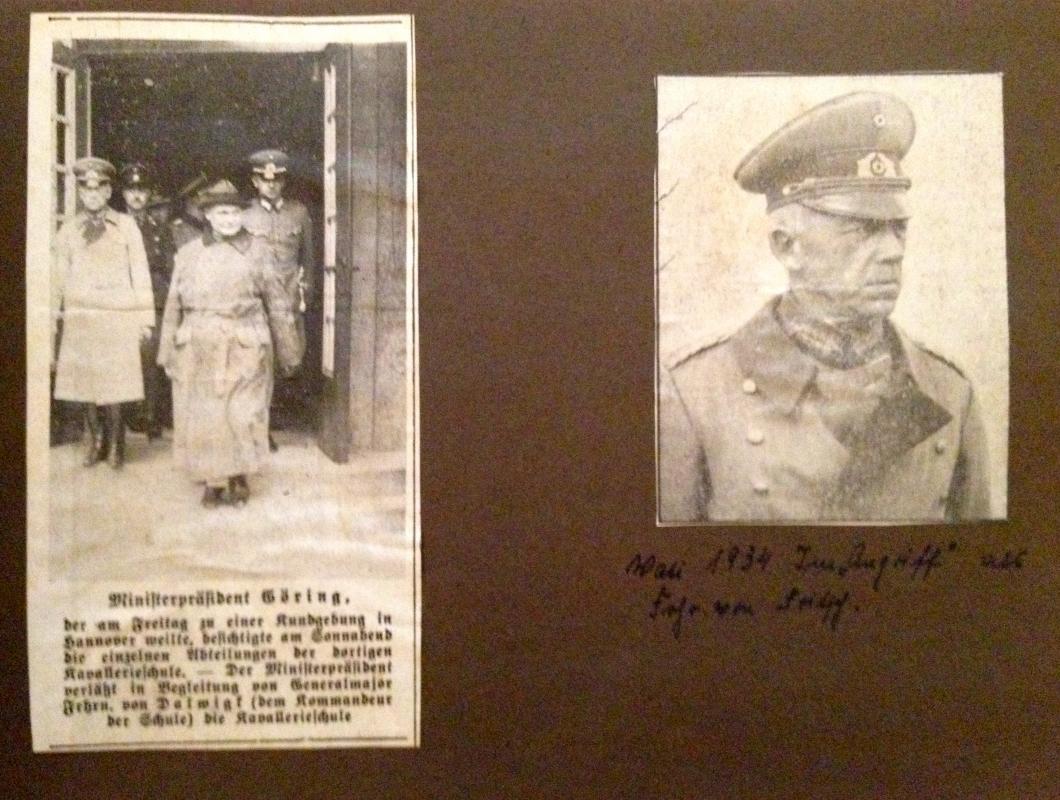
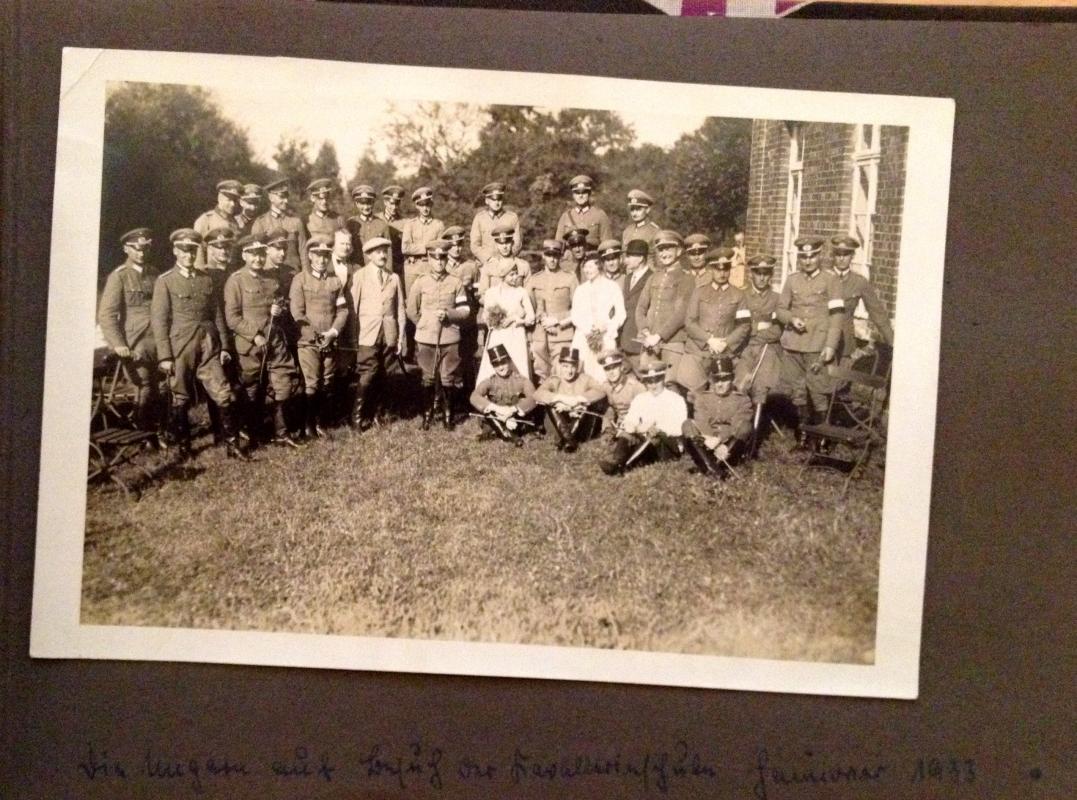

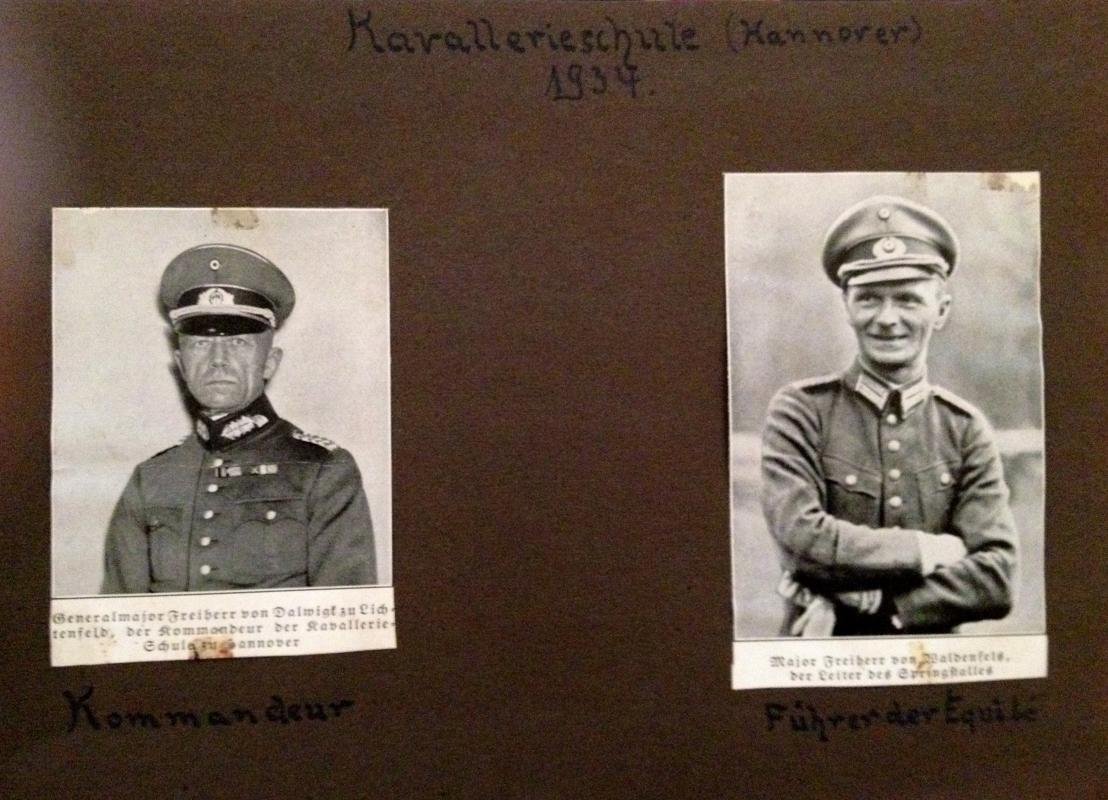
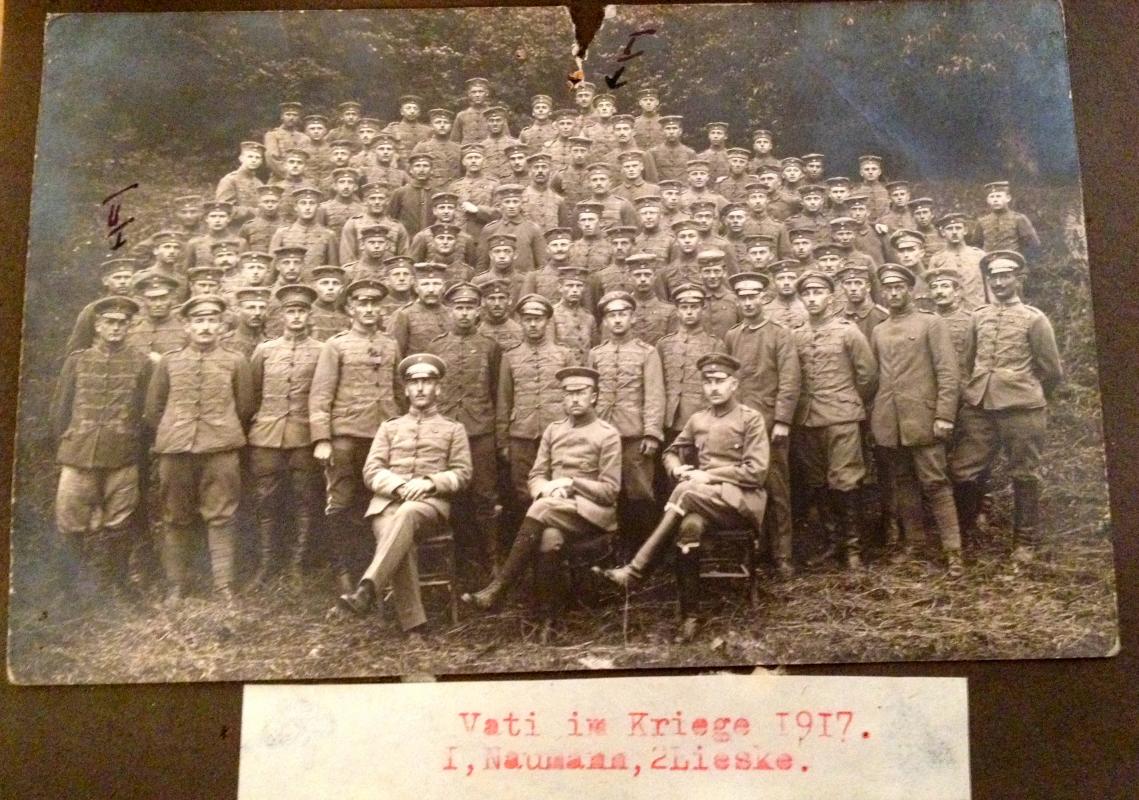
Bavarian Officer's Jägertschako - your opinion
in Germany: Imperial Uniforms, Headwear, Insignia & Personal Equipment
Posted
Dear forumites,
I'd like to hear your comments on this tschako; I have already an opinion on this headgear, but I'd like to see if you find what's wrong with this tschako.
Thank you very much in advance for all your most appreciated input.
Best regards,